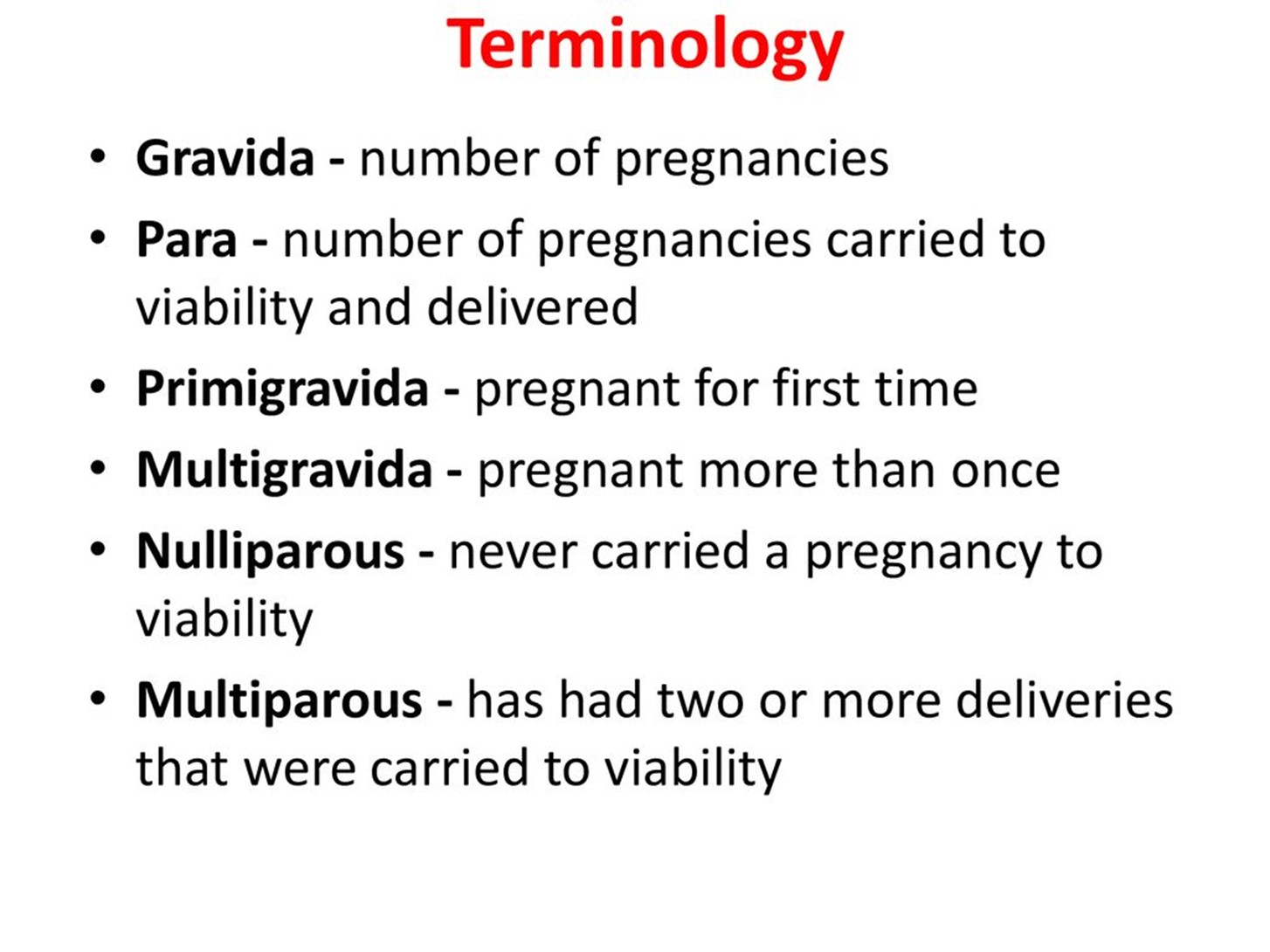A preschool-aged child who is being tested for Streptococcal pharyngitis returns to the clinic for signs of scarlet fever. Which assessment finding
provides the clearest indication to the nurse that the child is experiencing a reaction to toxins that are created by Streptococcal bacteria.
Flushed, peeling skin
Red bumps across chest
White coating on tongue
High, protracted fever
The Correct Answer is A
The correct answer is A. Flushed, peeling skin
Choice A reason: Flushed, peeling skin is a classic sign of scarlet fever, which is a condition that can arise from Streptococcal pharyngitis. Scarlet fever is characterized by a red rash that can cover most of the body and may lead to the skin peeling. This symptom is a direct reaction to the toxins produced by the Streptococcal bacteria.
Choice B reason: Red bumps across the chest could be indicative of many conditions and are not specifically characteristic of the reaction to toxins produced by Streptococcal bacteria. While a rash is common in scarlet fever, it typically starts on the face or neck and spreads to the rest of the body, rather than presenting as isolated red bumps.
Choice C reason: A white coating on the tongue, often referred to as “strawberry tongue,” is indeed associated with scarlet fever. However, it is not the clearest indication of a reaction to the toxins. The white coating usually precedes the strawberry-like appearance, where the tongue becomes red and bumpy.
Choice D reason: While a high fever is a symptom of scarlet fever, it is not specific to the reaction to toxins from Streptococcal bacteria, as many infections can cause high fevers. The term “protracted” suggests a prolonged fever, which could be seen in various conditions.
Nursing Test Bank
Naxlex Comprehensive Predictor Exams
Related Questions
Correct Answer is A
Explanation
Choice A is correct because a distended bladder can displace the uterus and prevent it from contracting properly, leading to increased bleeding and risk of infection. The nurse should check for a distended bladder and assist the client to empty it if needed.
Choice B is incorrect because reviewing the hemoglobin is not a priority action. The hemoglobin may not reflect the current blood loss and may be done later.
Choice C is incorrect because massaging the uterus is not necessary if it is firm. Massaging a firm uterus can cause overstimulation and pain.
Choice D is incorrect because increasing intravenous infusion is not a priority action. The client may not need additional fluids if the bleeding is moderate and the vital signs are stable.

Correct Answer is A
Explanation
Choice B reason: Reviewing the hemoglobin to determine hemorrhage is an important action, but not the first one. The nurse should first identify and correct the cause of bleeding, such as bladder distension or uterine atony, before checking for blood loss and anemia.
Choice C reason: Massaging the uterus to decrease atony is not indicated in this case, because the uterus is already firm. Massaging a firm uterus can cause overstimulation and pain.
Choice D reason: Increasing intravenous infusion is not the first action, because it may worsen bleeding by increasing blood pressure and diluting clotting factors. The nurse should first assess and manage bleeding before administering fluids or blood products as prescribed.

Whether you are a student looking to ace your exams or a practicing nurse seeking to enhance your expertise , our nursing education contents will empower you with the confidence and competence to make a difference in the lives of patients and become a respected leader in the healthcare field.
Visit Naxlex, invest in your future and unlock endless possibilities with our unparalleled nursing education contents today
Report Wrong Answer on the Current Question
Do you disagree with the answer? If yes, what is your expected answer? Explain.
Kindly be descriptive with the issue you are facing.
